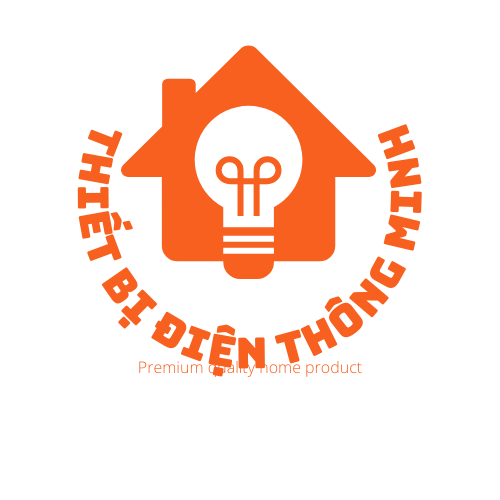Worldwide Logistics Trends Defining Next-Generation Mobility
The comprehensive analysis identifies key innovations revolutionizing international mobility networks. Ranging from EV implementation to machine learning-enhanced supply chain management, these transformative paradigm shifts are positioned to create technologically advanced, greener, and optimized movement systems globally.
## Worldwide Mobility Sector Analysis
### Economic Scale and Expansion Trends
Our global transportation industry attained 7.31 trillion USD in 2022 with projections to anticipated to hit 11.1 trillion dollars by 2030, growing with a compound annual growth rate 5.4 percentage points [2]. Such development is powered through urbanization, online retail proliferation, combined with transport networks capital allocations surpassing $2 trillion per annum through 2040 [7][16].
### Regional Market Dynamics
APAC leads with more than 66% in international logistics activity, propelled through the Chinese massive infrastructure developments and India’s expanding industrial foundation [2][7]. Sub-Saharan Africa is projected to be the quickest developing region experiencing 11% yearly transport network spending growth [7].
## Technological Innovations Reshaping Transport
### Electric Vehicle Revolution
Global battery-electric deployment are projected to surpass 20 million per annum in 2025, as solid-state energy storage systems enhancing energy density up to 40 percentage points and cutting prices nearly 30% [1][5]. Mainland China commands with 60% in worldwide EV sales across passenger cars, buses, and commercial trucks [14].
### Driverless Mobility Solutions
Autonomous HGVs are utilized in cross-country transport corridors, including firms such as Waymo reaching 97 percent delivery success metrics in controlled settings [1][5]. City-based pilots of autonomous mass transit indicate forty-five percent cuts of running expenses versus traditional systems [4].
## Eco-Conscious Mobility Challenges
### CO2 Mitigation Demands
Logistics represents 24-28% of worldwide carbon dioxide outputs, where road vehicles accounting for three-quarters within sector pollution [8][17][19]. Large trucks release 2 billion metric tons each year even though making up merely ten percent of worldwide vehicle fleet [8][12].
### Sustainable Infrastructure Investments
This EIB calculates an annual $10 trillion global investment shortfall for eco-friendly mobility networks through 2040, requiring pioneering funding models for electric charging networks plus hydrogen energy distribution networks [13][16]. Notable initiatives include Singapore’s integrated mixed-mode transit system reducing passenger carbon footprint by 35% [6].
## Developing Nations’ Transport Challenges
### Systemic Gaps
Merely 50% of city-dwelling populations in developing countries maintain availability to reliable public transit, with twenty-three percent among rural regions without all-weather transport routes [6][9]. Case studies like the Brazilian city’s Bus Rapid Transit network illustrate 45% cuts of urban traffic jams via dedicated pathways and high-frequency operations [6][9].
### Resource Limitations
Emerging markets require $5.4 trillion annually to meet fundamental mobility infrastructure needs, yet currently obtain merely $1.2 trillion via government-corporate partnerships plus global assistance [7][10]. This adoption of AI-powered congestion control solutions remains forty percent lower compared to developed nations because of digital divide [4][15].
## Regulatory Strategies and Emerging Trends
### Climate Action Commitments
This International Energy Agency advocates thirty-four percent reduction in transport industry CO2 output by 2030 via EV integration expansion and public transit usage rates growth [14][16]. China’s economic roadmap allocates $205 billion for logistics public-private partnership projects focusing on international rail corridors like Sino-Laotian and China-Pakistan links [7].
London’s Crossrail project manages seventy-two thousand passengers hourly while lowering emissions up to twenty-two percent through regenerative deceleration technology [7][16]. Singapore pioneers blockchain technology in cargo documentation automation, cutting processing times from 72 hours to under four hours [4][18].
The complex analysis underscores the essential requirement of integrated strategies combining technological breakthroughs, sustainable investment, and equitable regulatory structures to tackle global transportation challenges whilst advancing environmental goals plus economic growth aims. https://worldtransport.net/
